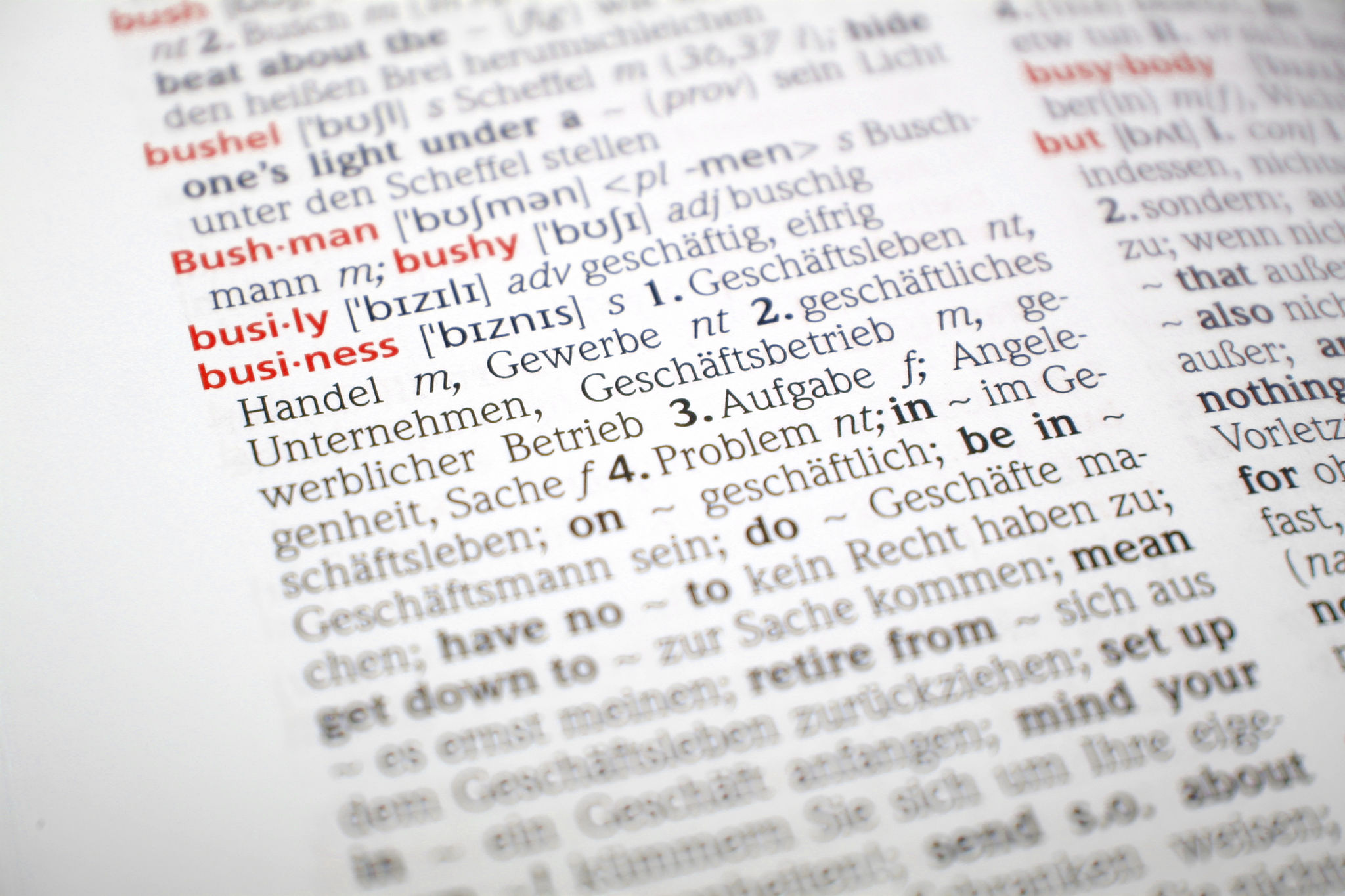How to Ensure Quality and Accuracy in Estonian to English Translations
UR
Understanding the Challenges of Estonian to English Translation
Translating from Estonian to English poses unique challenges due to the linguistic differences between the two languages. Estonian, a Finno-Ugric language, has a complex grammar system and vocabulary that may not have direct equivalents in English. Understanding these nuances is crucial for ensuring accurate translations.
Moreover, cultural context plays a significant role in translation. Certain phrases or idioms in Estonian might not make sense or convey the same meaning when translated directly into English. Therefore, translators must be culturally aware and sensitive to these differences.

Choosing a Qualified Translator
The first step in ensuring quality translations is selecting a qualified translator. It's important to choose someone who is not only fluent in both languages but also has a deep understanding of the cultural contexts of each. A native speaker of Estonian with proficiency in English is often the best choice.
When evaluating translators, consider their experience and expertise in specific fields, such as legal, medical, or technical translation. This specialization ensures that they understand the terminology and context required for accurate translations in those areas.
Checking Credentials and References
Before hiring, check the credentials and references of potential translators. Look for certifications or memberships in professional organizations, which can be indicators of their commitment to maintaining high standards. Additionally, reviews or testimonials from previous clients can provide insight into their reliability and quality of work.

Utilizing Technology for Accuracy
While human expertise is invaluable, technology can assist in enhancing translation accuracy. Translation software and tools can help catch errors and suggest alternatives for difficult phrases. However, it's important to use these tools judiciously and always have a human review the final output.
Machine translation tools have improved significantly but are still far from perfect. They can be useful for initial drafts but should never replace professional human translators for final revisions, especially for complex or sensitive documents.
Maintaining Quality Control
Implementing a robust quality control process is essential to ensure translation accuracy. This process should include multiple reviews and edits by different professionals to catch any errors or inconsistencies. Peer reviews can also provide valuable feedback and contribute to a more polished final product.

Ensuring Consistency Across Documents
Consistency is key in translation, especially when dealing with multiple documents or long-term projects. Using a glossary or style guide can help maintain uniformity in terminology and style throughout all translated materials.
Creating a translation memory database can be beneficial for larger projects. This tool stores previous translations for future reference, ensuring that similar phrases or terms are translated consistently across all documents.
Regularly Updating Translation Resources
Languages evolve over time, and so should your translation resources. Regularly updating glossaries, style guides, and translation memory databases ensures that they remain relevant and accurate. Keeping up with linguistic trends and changes in both Estonian and English will help maintain the quality of your translations.

Engaging with Professional Translation Services
Sometimes, the best way to ensure high-quality translations is by engaging with professional translation services. These services often have teams of experienced translators who can handle projects efficiently and accurately. They also typically have established quality assurance processes to guarantee the best results.
By leveraging professional services, you can focus on your core activities while trusting that your translations are handled by experts who understand the intricacies of Estonian to English translation.
